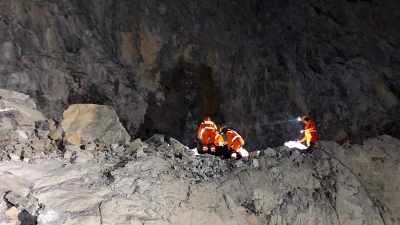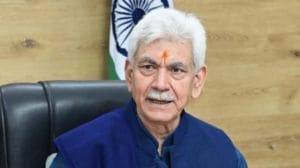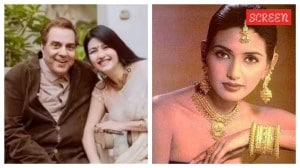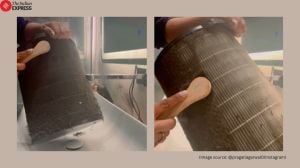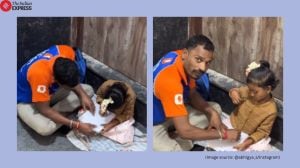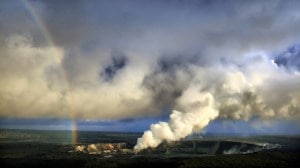Shyamlal Yadav is one of the pioneers of the effective use of RTI for investigative reporting. He is a member of the Investigative Team. His reporting on polluted rivers, foreign travel of public servants, MPs appointing relatives as assistants, fake journals, LIC’s lapsed policies, Honorary doctorates conferred to politicians and officials, Bank officials putting their own money into Jan Dhan accounts and more has made a huge impact. He is member of the International Consortium of Investigative Journalists (ICIJ). He has been part of global investigations like Paradise Papers, Fincen Files, Pandora Papers, Uber Files and Hidden Treasures. After his investigation in March 2023 the Metropolitan Museum of Art, New York returned 16 antiquities to India. Besides investigative work, he keeps writing on social and political issues. ... Read More
After wars, deaths, political turmoil, how the 1967 Lok Sabha elections saw the Indira Gandhi era begin
Non-Congress governments came to power for the first time in several states in 1967. Here is part 4 of our series on the history of India's general elections.
 61% voted in the Lok Sabha election of 1967, the biggest turnout until then. (Image source: PMML)
61% voted in the Lok Sabha election of 1967, the biggest turnout until then. (Image source: PMML)The years between the third (1962) and fourth (1967) Lok Sabha elections were traumatic for the young republic. Defeat in the month-long war with China was followed by the deaths of two Prime Ministers — Jawaharlal Nehru on May 27, 1964, and Lal Bahadur Shastri less than two years later.
In between came the second war with Pakistan, which lasted for almost a month and a half in August-September 1965, before both countries agreed to a UN call for ceasefire. On January 10, 1966, Shastri and Pakistan’s Ayub Khan signed the Tashkent Declaration — but the Indian Prime Minister passed away in the Uzbek city the very next day, January 11.
The responsibility for being India’s caretaker Prime Minister fell on Gulzari Lal Nanda, Nehru’s Home Minister, who had already played that role once on the passing of the first Prime Minister. This time he remained in office for 13 days — until Indira Gandhi, Nehru’s daughter and Shastri’s Information and Broadcasting Minister, took oath as Prime Minister on January 24, 1966, beating Morarji Desai in the race for the job.
Voting for the fourth Lok Sabha took place between February 17 and 21, 1967. Indira led the Congress to victory, but her rift with Desai deepened. This was the last simultaneous election for Lok Sabha and state Assemblies. Non-Congress governments came to power for the first time in several states in 1967.
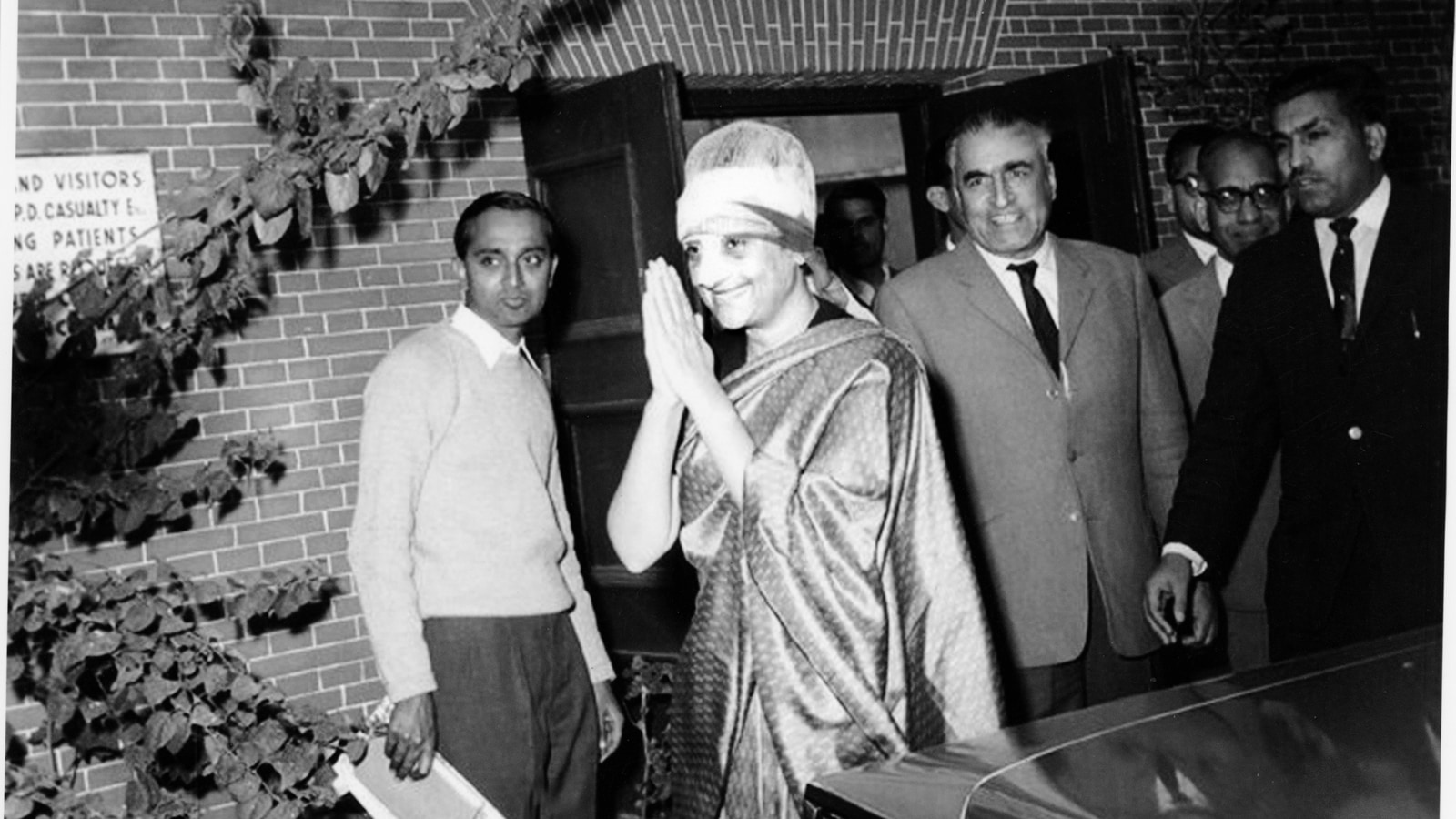 Indira Gandhi, who was injured after being hit by a stone in Orissa, comes out of Willingdon (now RML) Hospital in New Delhi. (Image source: PIB)
Indira Gandhi, who was injured after being hit by a stone in Orissa, comes out of Willingdon (now RML) Hospital in New Delhi. (Image source: PIB)
A changed political map…
Based on the census of 1961, the fourth Lok Sabha election was held for 520 seats — significantly higher than the 494 in 1962. Seventy-seven seats were reserved for SCs and 37 for STs. Votes were cast for 3,563 seats in state Assemblies (compared with 3,121 in 1962), of which 503 were reserved for SCs and 262 for STs.
India in 1967 was different in a few other ways too. The state of Nagaland had been established in 1963. In 1966, Haryana became a separate state and Chandigarh was designated as a Union Territory (UT). By 1967, many of the country’s 10 UTs — Himachal Pradesh, Manipur, Tripura, Goa, Daman and Diu, and Pondicherry — had Legislative Assemblies and Councils of Ministers.
…And turmoil in politics
In his third term as Prime Minister, Nehru grappled with a grave drought situation. The country faced a foodgrains crisis and record high inflation rates. In 1963, Nehru had accepted the resignations of all Congress Ministers and Chief Ministers under the famous Kamaraj Plan, by which the party hoped to rebuild itself. The plan, however, annoyed several Congress stalwarts who had to give up positions of power.
Meanwhile, the political tussle with the socialists intensified. The Gandhian and socialist J B Kripalani had left the Praja Socialist Party (PSP) before the 1962 election. In 1963, socialist leader Ram Manohar Lohia entered Lok Sabha after winning a bypoll for the Farrukhabad seat. The following year, Lohia formed the Samyukta Socialist Party (SSP), and formed an alliance with other Opposition parties to take on the Congress.
In April 1964, the Communist Party of India split, and the Communist Party of India (Marxist) was born. In the state of Kerala, the ruling Congress unit also split that same year, and the Kerala Congress was formed.
In 1965, the Republican Party of India, which had its roots in Dr B R Ambedkar’s All India Scheduled Castes Federation, split into factions. Soon after the 1962 election, the Shiromani Akali Dal had split into two factions led by Master Tara Singh and Sant Fateh Singh.
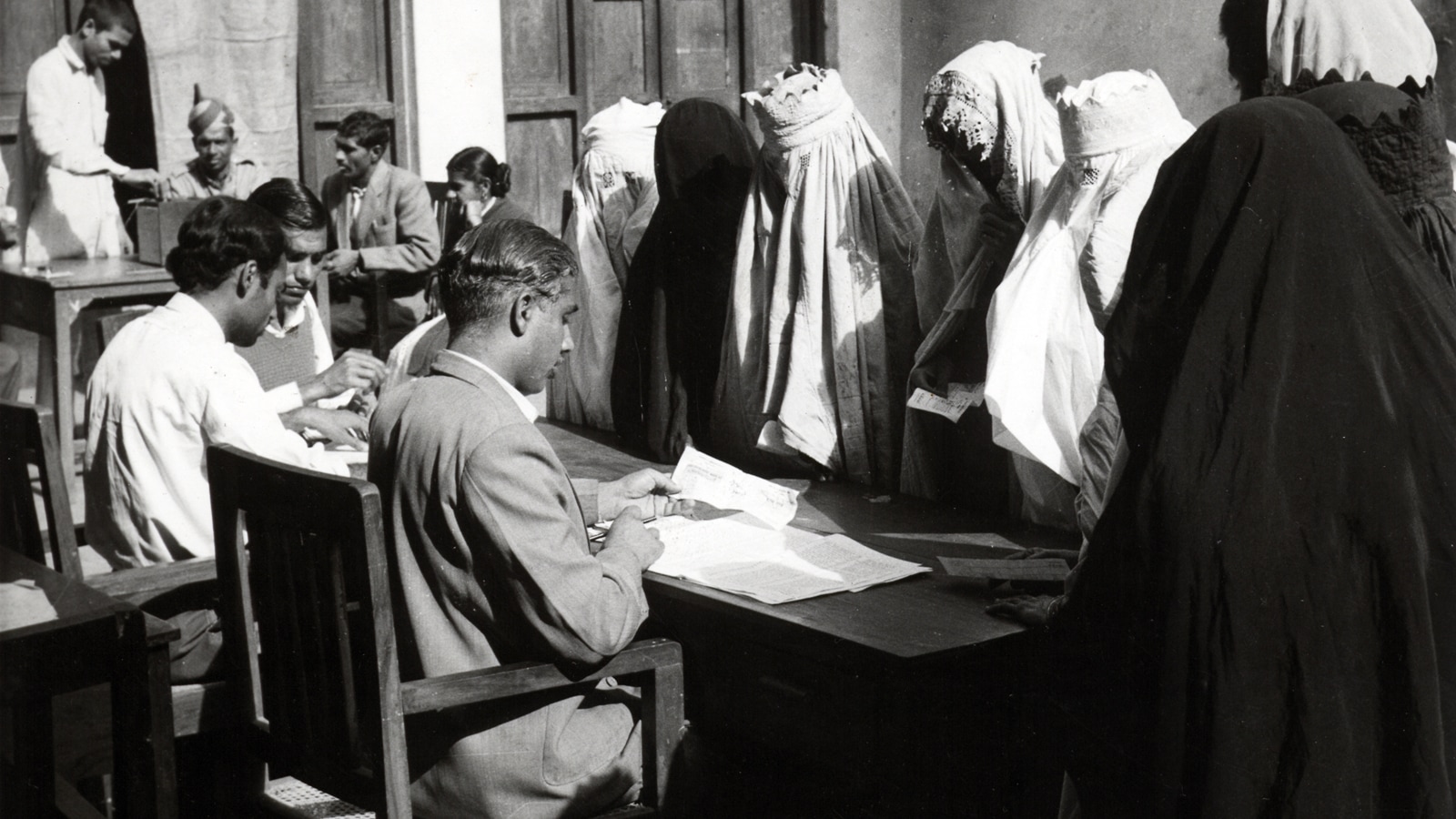 61% voted in the Lok Sabha election of 1967, the biggest turnout until then. (Image source: PMML)
61% voted in the Lok Sabha election of 1967, the biggest turnout until then. (Image source: PMML)
A bigger Lok Sabha…
The term of the third Lok Sabha was to end on April 17, 1967, while the terms of state Assemblies were to end between March 11 and April 5 that year. Over the period of a week in February, almost 15.27 crore people (61.33% of the 25.03 crore registered voters) voted at 2.67 lakh polling stations across the country. The high percentage of polling was seen by many as an expression of the people’s anger with the government of that time, which is a popular interpretation of high turnouts even today.
A total 2,369 candidates were in the fray for Lok Sabha, and 16,501 for state Assemblies. Counting of votes took long — results at three seats were declared on February 21, but the last result was declared only on March 10.
Of the 520 members elected to Lok Sabha, 30 were women. In the Assemblies, 98 of the 3,486 members were women. The fourth Lok Sabha sat for the first time on March 16, 1967.
…And a shock for the Congress
The results were a shock for the Congress. The party won just 283 seats in Lok Sabha, its lowest tally yet, even though the Congress’ vote share remained above 40%.
With 44 seats, C Rajagopalachari’s Swatantra Party emerged as the largest opposition party in Lok Sabha. In Gujarat, Orissa, and Rajasthan, the Swatantra Party was the main opposition.
The Bharatiya Jana Sangh (BJS), which had won 14 seats in 1962, rose to 35 seats. And the Dravida Munnetra Kazhagam (DMK), which fought only in Madras, won 25 seats.
Although the Congress emerged as the single largest party in 13 state Assemblies, it did not get a majority in five — Bihar, Punjab, Rajasthan, Uttar Pradesh, and West Bengal. In Madras, the home state of the nearly 88-year-old Rajaji, the Congress was unseated by C N Annadurai’s DMK.
Coalition governments of the Samyukta Vidhayak Dal (SVD) were formed in Punjab, Bihar, Orissa, West Bengal, Madras, and Kerala, as well as in the Delhi Metropolitan Council. In UP, Haryana, and Madhya Pradesh, coalition governments were formed with the help of Congress defectors Chaudhary Charan Singh, Rao Birender Singh, and Govind Narain Singh respectively. Some of these coalitions had perhaps a dozen parties — in UP there were almost 20 — from the rightwing BJS to the extreme Left.
Indira, whom Lohia famously mocked as gungi gudiya (silent doll), won in Rae Bareli, a seat earlier represented by her late husband Feroze Gandhi. Nehru’s sister Vijayalakshmi Pandit won at the first Prime Minister’s seat of Phulpur. Gulzari Lal Nanda won from Kaithal in Haryana.
Lohia and George Fernandes won on SSP tickets from Kannauj and Bombay South. Vijayaraje Scindia won from Guna on a Swatantra Party ticket, and Atal Bihari Vajpayee (BJS) won in Balrampur.
After 1967, a new era began in the political history of India, which was dominated by Indira Gandhi.






- 01
- 02
- 03
- 04
- 05



